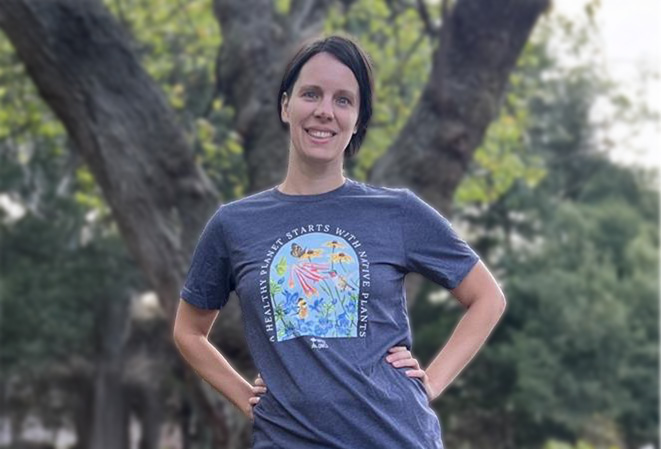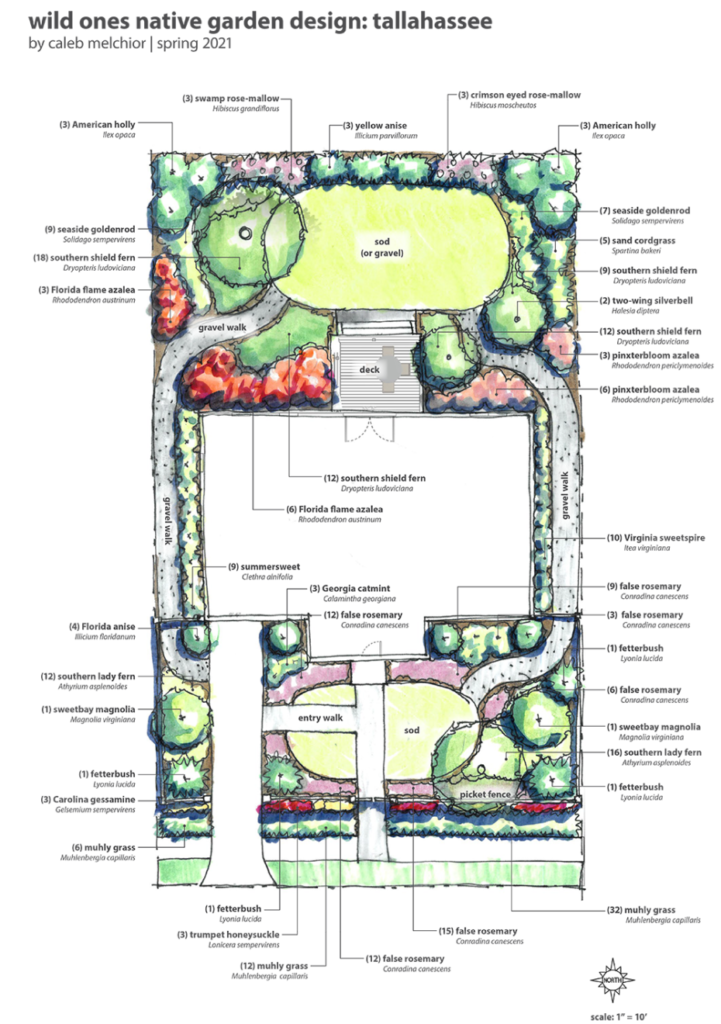
Printing note: This design was created to be 8.5″ x 14″ and the design pdf will print best on legal size paper.
Site Analysis
Wait to do anything big until you’ve had a chance to observe your garden for a few months – ideally a year. Walk it and watch out your windows to see how the light shifts over the seasons. You’ll also be able to identify views you want to frame or eyesores to screen. Keep an eye out for downspouts and any areas where water pools.
Work with your local extension agency to get a soil test. That’ll let you know if your soil is generally acid or limey. Along the Gulf Coast, we tend to have sandy soil with a low organic matter content. The species shown in this plan are adaptable to Tallahassee’s low nutrient conditions, and will grow across a range of soil pH levels. Along the Gulf Coast, pine needles or composted leaf mulch are the best mulches. They slowly break down into the soil. You can also use a crushed gravel mulch, but be aware that limestone-derived gravels can make the soil more basic.
Phasing
Start with larger investment projects that will have a big impact. Plant trees and shrubs in back and front gardens to get them established. They’ll also be easy to maintain. A second phase would be to add the shrubs along the sides of the house, as well as walkways around the house. Finally, plant perennials and groundcovers throughout.
Monarch Habitat
If you’re looking to increase the forage for monarchs in this design, it would be possible to substitute some or all of the goldenrod or Georgia catmint with willow-leaved milkweed (Asclepias verticillata), green flowered milkweed (Asclepias viridis), or green comet milkweed (Asclepias viridiflora).
Plant List
This list is inclusive of only the native plants in this specific native garden design. The list is meant to provide a basic preview of the beautiful and diverse plants featured in this design and serve as a reference tool when selecting plants at a nursery. (The list can be printed in two columns using landscape mode in your print settings.) More thorough information about each of these native plants can be found online at the Audubon, Lady Bird Johnson Wildflower Center and United States Department of Agriculture websites, all of which provide a wealth of native plant information including comprehensive North American native plant databases.
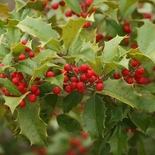
American Holly(Ilex opaca)
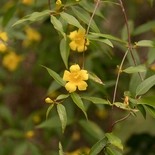
Carolina Jessamine(Gelsemium sempervirens)
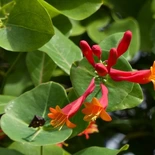
Coral Honeysuckle(Lonicera sempervirens)
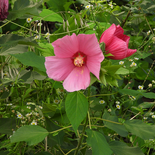
Crimson Eye Mallow(Hibiscus moscheutos)
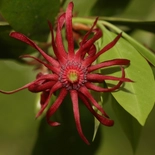
Florida Anise(Illicium floridanum)
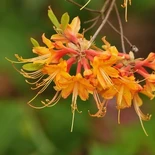
Florida Flame Azalea(Rhododendron austrinum)
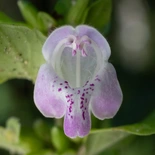
Georgia Catmint(Calamintha georgiana)
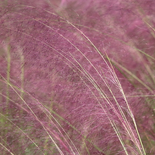
Muhly Grass(Muhlenbergia capillaris)
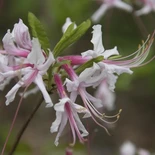
Pinxterbloom Azalea(Rhododendron periclymenoides)
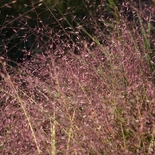
Purple Lovegrass(Eragrostis spectabilis)
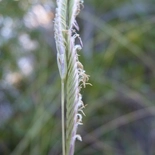
Sand Cordgrass(Spartina bakeri)
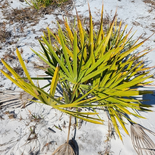
Saw Palmetto(Serenoa repens)
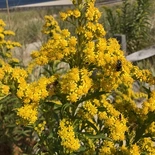
Seaside Goldenrod(Solidago sempervirens)
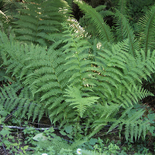
Southern Lady Fern(Athyrium filix-femina)
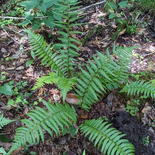
Southern Shield Fern(Dryopteris ludoviciana)
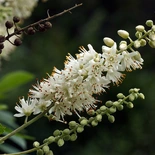
Summersweet clethra(Clethra alnifolia)
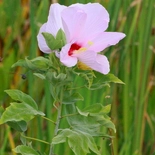
Swamp Rose-mallow(Hibiscus grandiflorus)
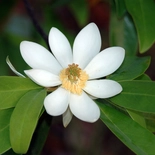
Sweetbay Magnolia(Magnolia virginiana)
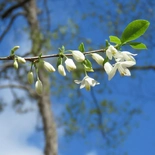
Two-wing Silverbell(Halesia diptera)
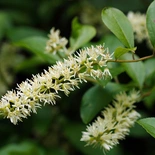
Virginia Sweetspire(Itea virginica)
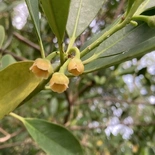
Yellow Anise(Illicium parviflorum)
About the Designer

Caleb Melchior is a landscape architect and planting designer based in the southeastern United States. He’s currently working with Coastal Vista Design on Sanibel Island in southwest Florida. Caleb has a Masters of Landscape Architecture from Kansas State University, along with extensive experience designing fine gardens and country estates. His work is frequently published in national gardening and design publications, including Land8, Horticulture and The American Gardener. You can follow Caleb on his blog (calebmelchior.com/journal) or on Instagram @the_curious_gardener.
Caleb Melchior creates gardens rooted in a deep knowledge of regional plant communities and ecosystems. His goal is to design planting that’s delightful and surprising, but thrives within the constraints of the site. He aims to provoke a deeper appreciation and enjoyment of the natural world.
About Wild Ones
Wild Ones (a 501(c)(3) nonprofit organization) is a knowledgeable, hands-on, and supportive community focused on native plants and the ecosystem that depends on them. We provide resources and online learning opportunities with respected experts like Wild Ones Honorary Directors Doug Tallamy, Neil Diboll, and Larry Weaner, publishing an award-winning journal, and awarding Lorrie Otto Seeds for Education Program grants to engage youth in caring for native gardens.
Wild Ones depends on membership dues, donations and gifts from individuals like you to carry out our mission of connecting people and native plants for a healthy planet.
Looking for more native gardening inspiration? Take a peek at what our members are growing!

